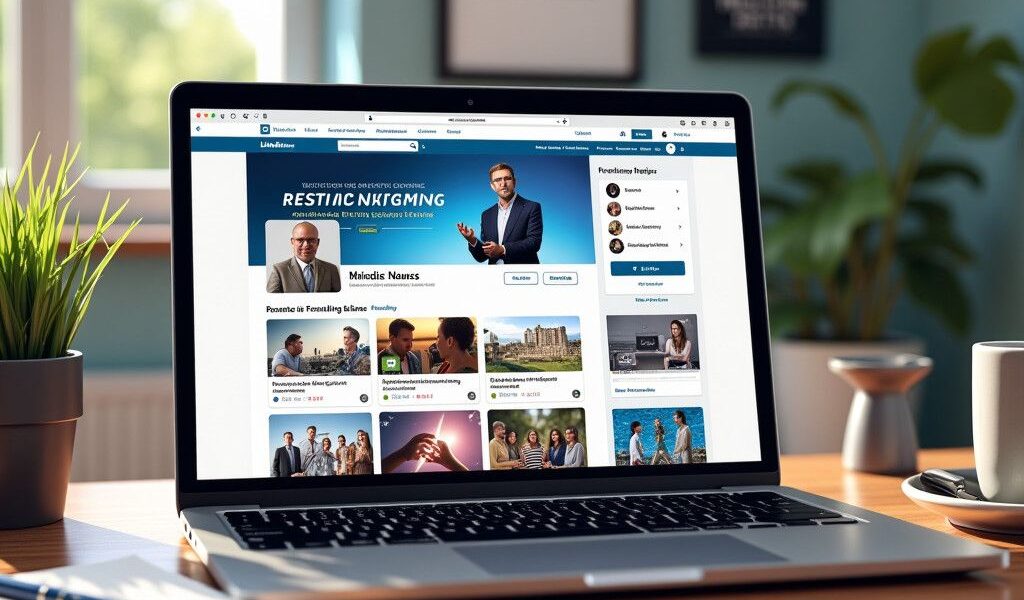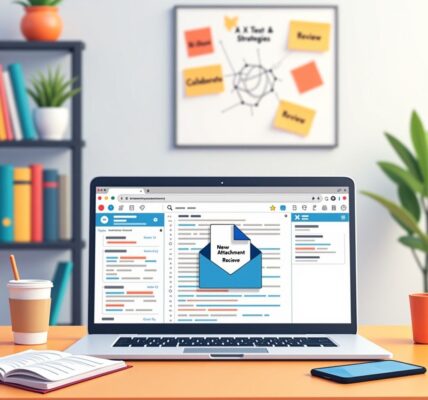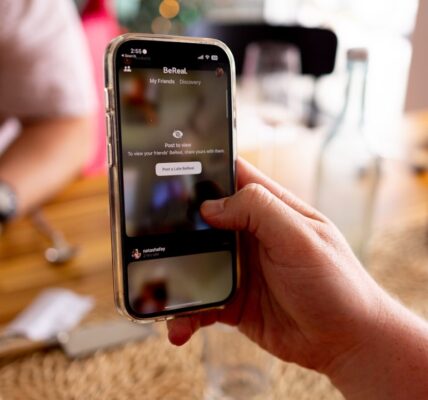LinkedIn Introduces Slideshow Feature for Profile Banner Images: A Game Changer for Personal Branding
In a digital era where personal branding and professional visibility are crucial, LinkedIn has taken a significant step by introducing a revolving slideshow option for profile banner images. This innovative feature not only enhances the visual appeal of LinkedIn profiles but also provides users with an opportunity to create a dynamic narrative about their professional journey. As experts in digital marketing and e-commerce evaluate this addition, it becomes evident that it has far-reaching implications for personal branding strategies.
The LinkedIn banner has long been an underutilized real estate for most users, often featuring static images that do little to convey the user’s personality or professional ethos. The ability to display multiple images in a slideshow format changes the game. Users can now showcase various aspects of their work, achievements, skills, and even personal interests with a quick swipe. This feature is particularly beneficial for professionals in creative industries such as design, marketing, or branding, where visual storytelling is an essential tool for engagement.
For instance, consider a graphic designer who can now rotate through a series of portfolio pieces in their LinkedIn banner. Instead of a single static image that may not fully represent their capabilities, potential clients and employers can view a curated selection of work with just a glance. This can significantly increase the chances of making a lasting impression on visitors to their profile.
From a marketing perspective, this slideshow feature opens avenues for more strategic content placement. It allows users to align their visual assets with their career objectives. A marketing professional, for example, could swap images of successful campaigns, testimonials, or even metrics illustrating their impact. This storytelling element transforms a user’s profile from a mere résumé into an engaging narrative that captivates viewers, fostering connection and interest.
Moreover, this feature can contribute to optimizing conversion rates on LinkedIn. Traditional strategies for boosting profile visibility often focused on keywords and endorsements. However, with the addition of interactive elements like the slideshow, users can engage their audience more deeply. Profiles that feature animated, attractive visuals are more likely to receive higher interaction rates. This is vital in a platform crowded with talented individuals vying for attention.
Implementing the slideshow feature also necessitates a thoughtful approach to design. Users should consider best practices in digital marketing when selecting images. Each slide should not only be high quality but also serve a clear purpose, whether that is showcasing achievements, highlighting skills, or sharing personal insights. Consistency in branding should be maintained across images to reinforce a cohesive personal brand identity.
To maximize the benefits of the slideshow feature, LinkedIn users should employ strong calls-to-action (CTAs) within their profiles. These could direct viewers to portfolios, websites, or professional pages. For example, a sales professional could include a slide that showcases their latest project with a link to the full case study. This encourages user interaction and elevates their profile from a passive destination to an engaging platform that drives traffic and leads.
Furthermore, it is essential to monitor engagement with these new features. LinkedIn offers analytics tools that can help users gauge how well their banners perform in terms of profile visits and connection requests. By analyzing this data, professionals can refine their approach, consistently improving the effectiveness of their branding efforts.
Another aspect to consider is how this feature plays into the broader trends in digital marketing and e-commerce. As online interactions become increasingly visual, the demand for content that grabs attention and retains interest continues to rise. Platforms like Instagram and Pinterest have long capitalized on the power of visuals, and now LinkedIn is catching up. This shift indicates that professionals must adapt their strategies across platforms, ensuring that their branding remains relevant and impactful.
Finally, while this new slideshow feature enhances aesthetic appeal, it also underscores the importance of authenticity in personal branding. In an era where audiences crave genuine connection, showcasing true aspects of one’s professional identity can build trust and rapport. LinkedIn users should focus on images that resonate with their personal journey and professional values.
In conclusion, LinkedIn’s introduction of the revolving slideshow option for profile banners marks a substantial advancement in how professionals can present themselves. By adopting this feature, user profiles can transform into engaging narratives that foster connections and drive professional goals. Those who leverage this tool effectively will likely stand out in a competitive market, potentially reshaping their career paths and business opportunities.
LinkedIn users must seize this opportunity to elevate their personal brand. By creating visually compelling and strategically designed slideshow banners, they can engage their audience and enhance their professional presence online.












